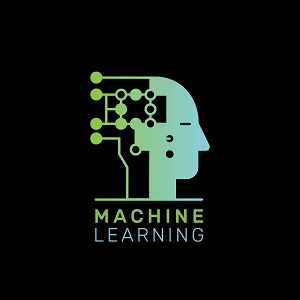AI and machine learning have come a long way over the past few years. But are businesses efficiently implementing them to simplify processes, increase productivity, and reduce error margins? Data suggests that the answer is no – especially in the financial sector.
Data from April 2020 shows that the most widespread use of AI in financial services pertained to fraud detection, with 58% of businesses using it for this process. This number is followed by:
- 41% of respondents using AI for finance processes and analysis
- 33% for cybersecurity
- 33% for personalization of products and services
- 31% for customer care; and
- 25% for asset maintenance.
From these numbers, it’s clear to see that there’s one task where AI and machine learning may help businesses save both time and money: invoice processing automation.
So, how exactly can AI and ML help businesses improve the process? Let’s look at the three ways the two can help invoice processing automation.
Speeding up Invoice Processing
One of the most significant gains of implementing AI or ML in invoice processing is, of course, speeding up the task.
Data suggests that the average time between receiving and settling an invoice for a small to mid-size company is 25 days. Automation, however, can significantly shorten the process. Some fintech companies even go as far as to state that their solutions cut down on invoice processing time by 5-10x, confining the entire process to 3-5 days.
Of course, it’s not just time that businesses gain by implementing the right AI and ML solutions. They also stand to make significant savings.
According to Finanz Nachrichten, manually processing invoices can cost up to $30 on the AP (accounts payable) side and $4 on the AR (accounts receivable) side. Based on the survey discussed in this article, e-invoicing reduces these costs by as much as 90%. Yet, if according to the Statista research only 41% of organizations automate their financial processes, it’s easy to say that more than half of business organizations worldwide are throwing away their budgets unnecessarily.
Collecting Better Data
Another considerable benefit of implementing AI and Machine learning in invoice processing automation is, of course, the fact that it helps businesses gain access to better data.
For one, this is because non-automated e-invoicing has one significant barrier to get over every day. And that’s the existence of multiple data points.
In 2022, invoices are still being sent in multiple formats, including XML documents, PDFs, image files, and (rarely but still present) hardcopy files. Getting these formats into a single system takes not only time and effort but a lot of care as well. And, even the best teams can make mistakes when manually entering or classifying information.
That’s why AI solutions can be of such great help to businesses looking to streamline their workflows.
For example, automated invoice data extraction is an AI-driven process. It works quickly, intelligently, and with minimal error. It allows finance teams instant access to accurate data, takes less than a minute per invoice, and becomes smarter the more it’s used, allowing companies to streamline the invoicing process.
Machine Learning for Improved Cash Flow
The last benefit of implementing AI and ML in invoice processing automation is a significant increase in productivity. Now, the gains of boosting productivity may seem to reflect only in the time and cost it requires to process invoices. However, higher finance team productivity also means two things.
On the one hand, the newfound efficiency in handling accounts payable leads to better cash flow. AI and ML automation software allow businesses a bird’s-eye view of all outgoing costs. More importantly, they can also predict upcoming operational costs. The latter results in the benefit of insightful data-based cost prediction that’s invaluable in any organization’s operation.
On the other hand, enhanced invoice processing productivity also drives scalable growth. In addition to the data received from financial forecasting, AI and ML in invoice processing also save time and money. And most importantly, it gives them the resources they require to focus on value-adding tasks.
In Closing: Do AI & ML Decrease Control in Invoice Processing?
One of the main concerns business owners have when implementing AI and ML solutions is that they fear giving up control over high-value processes like invoice processing. But the truth is, it shouldn’t be so.
These solutions are always made to serve the user. This means that they eliminate time-consuming manual tasks and present the data through comprehensible dashboards, where experienced operators can choose how to best use that data.
And sure, they will decide to automate some of the processes to reduce errors, delays, or lost time. But they’ll also have access to accurate and timely information at all times, giving them all the insights they need to make the best decisions for your business.
About the Author

Natasha Lane is a lady of a keyboard with a rich history of working in the IT and digital marketing fields. She is always happy to collaborate with awesome blogs and share her knowledge all around the web. Besides content creating, Natasha is nowadays quite passionate about helping small business to grow strong.
Sign up for the free insideBIGDATA newsletter.
Join us on Twitter: @InsideBigData1 – https://twitter.com/InsideBigData1





Speak Your Mind